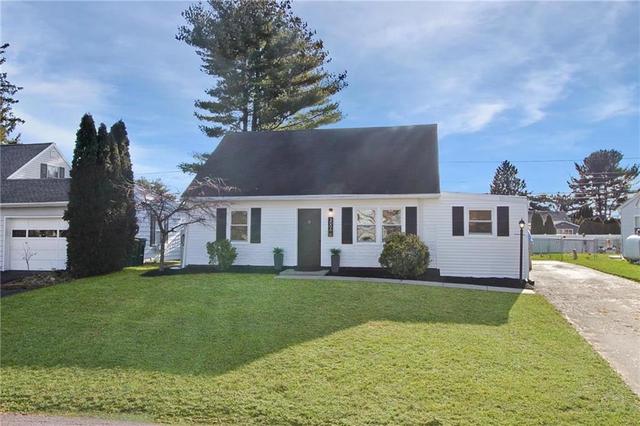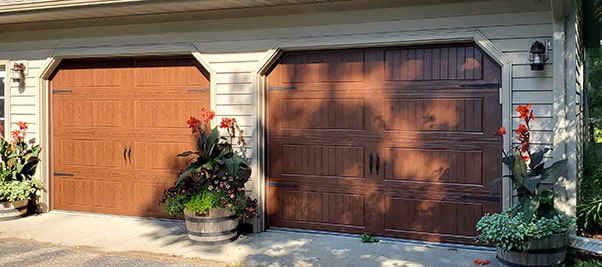
Setting the right price for your home is a crucial step in the selling process. A well-priced home can attract potential buyers to houses for sale in Palmer, Alaska, and ensure a smoother transaction. However, determining the optimal price requires careful consideration of various factors.
1. Research the Market:
Begin by researching the local real estate market. Look at recent sales of comparable properties in your neighborhood. Consider factors such as the size of the property, the number of bedrooms and bathrooms, and any unique features. This will give you a realistic understanding of your home’s market value at houses for sale in Palmer, Alaska.
2. Understand Your Home’s Features:
Evaluate the specific features of your home that could affect its value. Consider recent upgrades, the condition of the property, and any improvements you’ve made. Highlighting these features can justify a higher asking price.
3. Consult a Real Estate Professional:
Seeking guidance from a real estate agent can be invaluable. Agents have access to comprehensive market data and can provide a comparative market analysis (CMA) to help you determine a competitive and realistic price for your home.

4. Consider Economic Factors:
Keep an eye on economic conditions that may influence the real estate market, such as interest rates, employment trends, and the overall state of the economy. These factors can impact buyer behavior and affect your home’s perceived value.
5. Factor in Market Conditions:
Assess whether you are in a buyer’s or seller’s market. In a seller’s market, where demand exceeds supply, you may be able to set a slightly higher price. In a buyer’s market, where there is more inventory, pricing competitively is crucial.
6. Set a Competitive Price:
Avoid the temptation to overprice your home, as this can deter potential buyers. A competitive price will attract more interest and potentially result in multiple offers, driving up the final sale price.
7. Account for Negotiation Room:
Keep in mind that buyers often expect some negotiation room. Setting a price slightly higher than your bottom line can provide flexibility during negotiations while ensuring you still achieve your desired outcome.
8. Regularly Evaluate and Adjust:
Market conditions can change, so regularly evaluate your pricing strategy. If your home is not attracting interest, consider adjusting the price to align with current market dynamics.
Setting the right price for your home requires a thoughtful analysis of market conditions, your home’s features, and consultation with real estate professionals. By taking these steps, you can increase the likelihood of attracting potential buyers and securing a successful sale.







